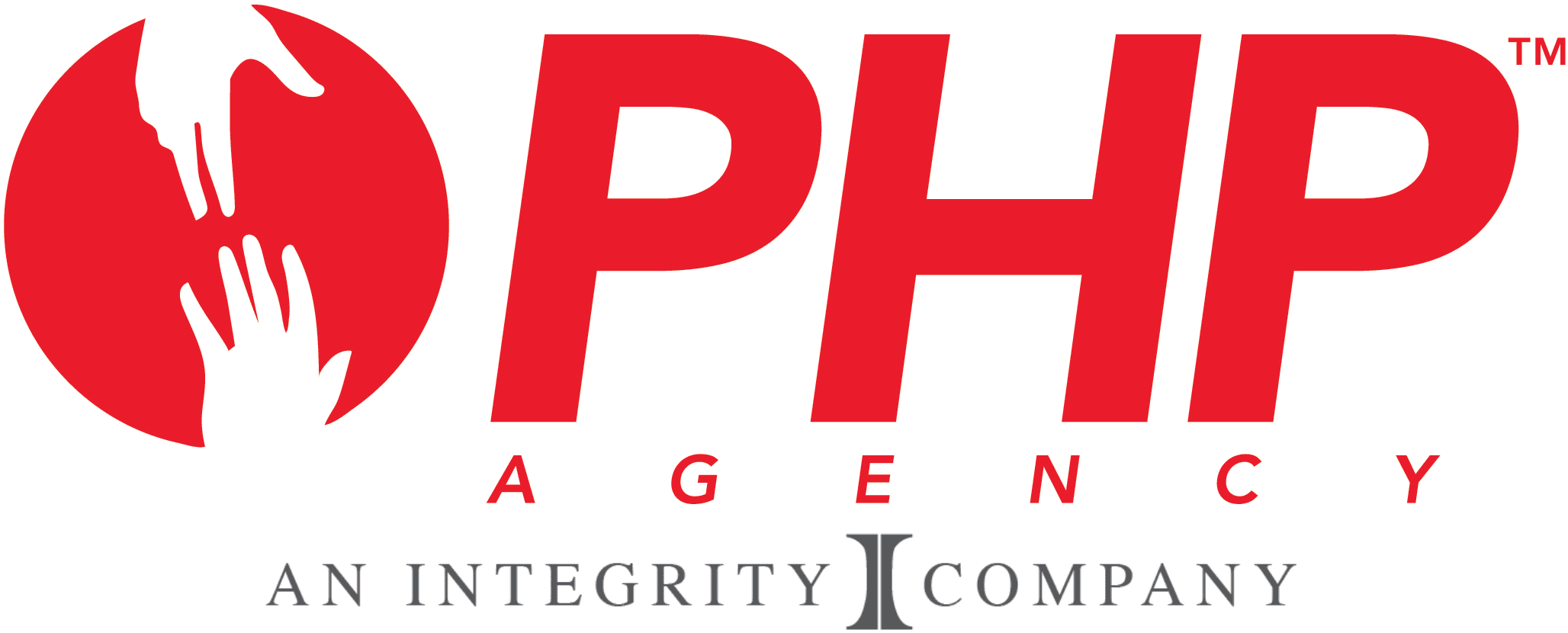The ever-present gender gap that plagues the workforce is rooted in financial roots. Deep-veined cultural traditions of masculine providers and feminine caretakers still show up in job opportunities, wages, and even life insurance ownership. Despite lower premiums for women, fewer ladies choose to invest in this type of financial protection. Let’s take a deeper look.
Premiums Cost Less for Women
There are many factors that affect the cost of a life insurance policy. For one, the difference between buying a group policy offered through an employer and an individual policy offered by an insurance agent can be significant. But the gap is more than where you’re buying life insurance. On average, women pay 24% less than men for their life insurance policies. Other factors that might affect the cost of life insurance include:
- Age
- Health
- Smoking Habits
- Insurance Provider
- Amount of Coverage
- Geographic Location
- Occupation
- Hobbies & Lifestyle Choices
The insurance industry is all about determining risk and weighing the odds. If an individual engages in risky behaviors, they can expect higher insurance premiums equated with an increased chance that the policy will have to pay out.
Fewer Women Have Life Insurance Coverage
According to LIMRA (formerly Life Insurance Market Research Association), 44% of women have no life insurance coverage at all. This means that their families are often burdened with the expenses of burial and settling the deceased individuals’ estate. Many people buy life insurance to cover these costs and provide a little financial cushion for their loved ones to grieve without the risk of losing their home or lifestyle.
Even when they do have life insurance coverage, it’s often not enough. One survey found that women tend to have a median coverage of $175,423 in life insurance coverage while men carried an average of $355,348 in coverage. At face value, it looks like women value their lives less than men, despite acknowledging that their death would have significant financial implications for their families.
Get the coverage you need from PHP Agency, a diverse insurance provider committed to helping women and minorities. Learn more today.
What’s Behind the Life Insurance Gender Gap
On both sides of the gender question, the top reason that many people forego life insurance is simply because the cost is unaffordable. It’s becoming more difficult to find employers who offer affordable group coverage and individual coverage can be cost-prohibitive for the average middle-income American family.
But the cost is merely a symptom. The root cause of the life insurance gender gap is our financial culture norms in America. The well-established and difficult-to-break barrier that men are financial providers and women are caretakers is still at the heart of this gender gap. Many women still don’t see themselves as financial providers, even when they do work.
And the problem is compounded by a lack of financial literacy and the outdated advice that many in the industry still peddle that bases coverage limits on annual income, recommending three to five times your annual salary. Since women earn less, sometimes much less, they only end up with less coverage.
The Bottom Line on Life Insurance Gender Gaps
It’s fact, fewer women have appropriate life insurance coverage. Any way you slice it, the numbers favor men when comparing gender for life insurance coverage. Historically, life insurance has been viewed as a way to cushion the financial loss of the primary breadwinner. But as more women became active financial providers for their families, and the cost of burial has risen, the notion of life insurance for different reasons has been slow to catch up. Life insurance isn’t a gendered benefit. Both men and women need to invest in appropriate coverage to prepare for unanticipated end-of-life situations.
Protect your family with the right coverage from PHP Agency. Our diverse agency celebrates the contributions of our diverse team with 51% female agents, 44% Hispanic/Latino representation, and 32% Black/African American representation. Contact us today to learn more.
